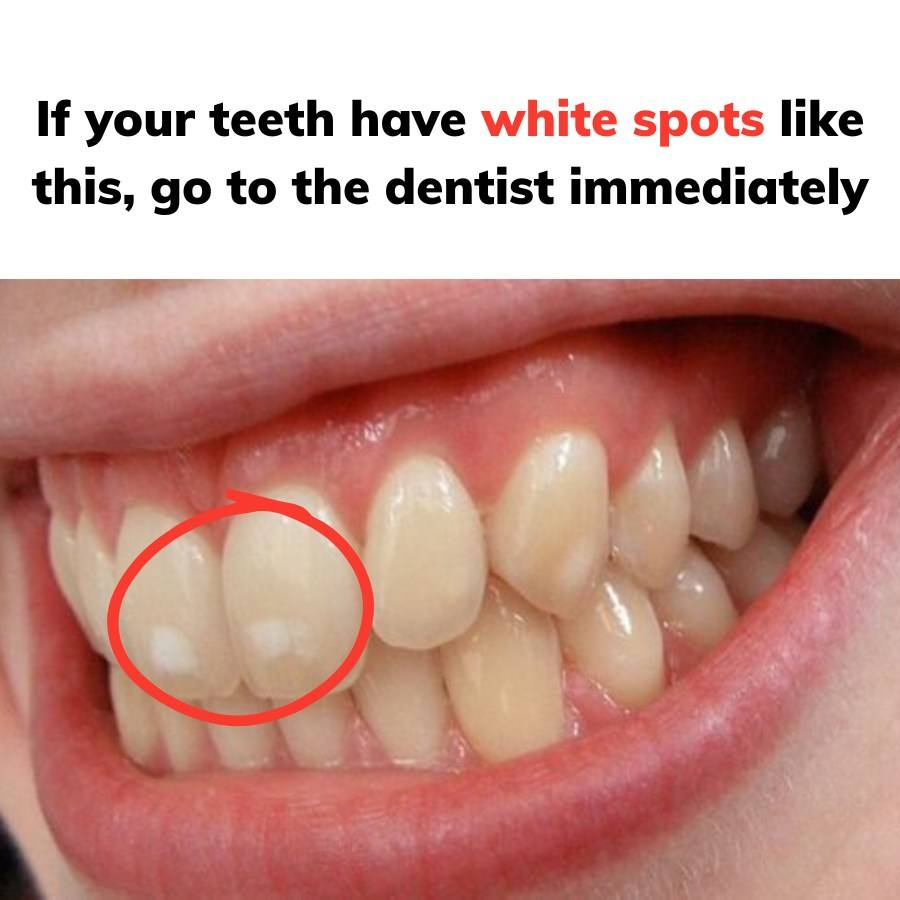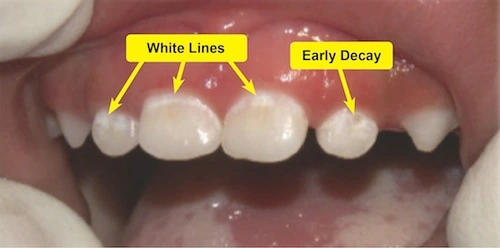Tooth decay doesn’t happen overnight—it starts subtly, often without obvious symptoms. Many people overlook the early signs until the condition worsens, leading to cavities, pain, and expensive dental treatments. Recognizing mild tooth decay in its early stages can help prevent serious oral health problems.
So, what should you be looking out for? Let’s break down the key signs of early tooth decay and how you can stop it in its tracks.
What Is Mild Tooth Decay?

Mild tooth decay, also known as early-stage cavities or dental caries, occurs when plaque—a sticky film of bacteria—accumulates on teeth and produces acids that erode the enamel. This process weakens the tooth structure, making it more susceptible to further damage if left untreated. The good news is that early tooth decay can often be reversed with proper care and attention.
Common Signs of Mild Tooth Decay
1. Sensitivity to Hot and Cold
One of the earliest signs of tooth decay is increased sensitivity to hot or cold foods and drinks. If you feel a sharp pain or discomfort when sipping coffee or eating ice cream, it may be due to enamel erosion, which exposes the dentin underneath. This layer contains tiny nerve endings that react to temperature changes.
2. Discoloration on the Tooth Surface
At first, early decay might appear as small white spots on the enamel. These indicate mineral loss due to acid attacks. Over time, the spots can darken, turning yellow, brown, or even black, signaling further deterioration of the tooth structure.
3. Mild Pain or Discomfort
Occasional toothaches, especially when biting or chewing, may be a warning sign. Even if the pain is not constant, any discomfort in a specific tooth could indicate the early stages of decay. If ignored, the pain can become more persistent as the decay progresses deeper into the tooth.
4. Visible Holes or Pits
Tiny holes or pits may appear on the surface of your teeth as decay advances. These are often found in areas where plaque buildup is common, such as between the teeth or on the chewing surfaces of molars. Even small cavities can grow quickly if left untreated.
5. Bad Breath or Unpleasant Taste
Persistent bad breath or a lingering unpleasant taste in your mouth can be another indicator of tooth decay. Bacteria thrive in decayed areas, producing foul-smelling compounds that contribute to bad breath, even after brushing.
The Importance of Early Detection
Catching tooth decay in its early stages can save you from painful and costly treatments down the road. When detected early, decay can often be reversed with fluoride treatments, improved oral hygiene, and dietary adjustments.
Ignoring these warning signs can lead to more severe dental issues, such as deep cavities, infections, and the need for treatments like fillings, root canals, or even extractions.
How to Prevent Mild Tooth Decay from Getting Worse

1. Maintain Good Oral Hygiene
- Brush your teeth twice a day with fluoride toothpaste to strengthen enamel.
- Floss daily to remove plaque and food particles from between your teeth.
- Use an antibacterial mouthwash to reduce harmful bacteria in your mouth.
2. Watch Your Diet
- Limit sugary and acidic foods, which can erode enamel and promote decay.
- Eat more calcium-rich foods like dairy products, leafy greens, and almonds to help maintain strong teeth.
- Drink plenty of water to wash away food particles and neutralize acids in the mouth.
3. Schedule Regular Dental Checkups
- Visit your dentist at least twice a year for professional cleanings and checkups.
- Ask about fluoride treatments or dental sealants, which can provide additional protection against decay.
- Get any early signs of decay treated promptly to prevent further damage.

Final Thoughts
Mild tooth decay is often easy to ignore, but recognizing the early warning signs can help you take action before the problem worsens. Sensitivity, discoloration, mild pain, small cavities, and persistent bad breath are all clues that your teeth may need extra care.
By maintaining good oral hygiene, watching your diet, and keeping up with regular dental visits, you can prevent tooth decay from progressing and keep your smile healthy for years to come. Don’t wait until it’s too late—start protecting your teeth today!


